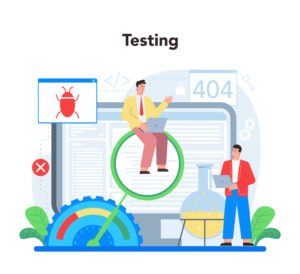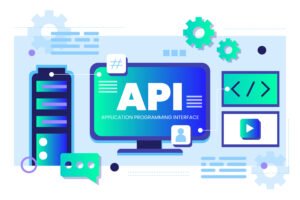API test automation is no longer a luxury—it’s a necessity for modern software development. Yet, many QA engineers, developers, and test leads struggle to get buy-in from management for investing in tools, frameworks, or platforms.
The challenge? Managers think in terms of costs, ROI, business impact, and risk mitigation—not just technical efficiency.
In this guide, we’ll show you how to make a strong business case for API test automation and win leadership approval.

Why Managers Hesitate to Invest
Before you prepare your pitch, it’s important to understand why decision-makers hesitate:
Budget constraints – Test automation tools may look expensive upfront.
Lack of clarity on ROI – Managers want proof that automation saves money or time.
Fear of complexity – Non-technical leaders may worry automation adds overhead.
Previous failed attempts – Past experiences with flaky or abandoned automation.
If you address these concerns directly, your pitch becomes far more convincing.
7 Proven Ways to Convince Your Manager
Speak Their Language: ROI and Cost Savings
Instead of focusing on technical jargon, emphasize measurable business outcomes:
Faster release cycles = quicker time-to-market.
Reduced manual testing costs = lower QA budgets.
Early defect detection = prevents expensive production fixes.
Example: “Automating regression tests will save our team 100+ hours per release, translating into cost savings of X per quarter.”
Show the Risk of Doing Nothing
Manual testing at scale is not just inefficient—it’s risky. Highlight:
Slower releases → losing competitive edge.
Increased human error → higher defect leakage.
Scaling bottlenecks → QA becomes the release blocker.
Frame it as: “Not automating is costing us more than investing in automation.”
Start Small with a Pilot Project
Propose a low-risk pilot to demonstrate value.
Automate high-value regression tests.
Track time saved and defect detection improvements.
Present real numbers to management.
This reduces their fear of wasted investment.
Benchmark Against Competitors
If industry leaders or direct competitors use API automation, highlight it.
“Company X reduced release times by 40% after adopting automation.”
“Most Fortune 500 companies have automation integrated into CI/CD.”
Nobody wants to fall behind industry standards.
Emphasize Team Productivity
Managers care about employee efficiency. Stress that automation:
Frees testers from repetitive tasks.
Allows focus on exploratory and usability testing.
Reduces burnout and increases job satisfaction.
Happy, productive teams = better business outcomes.
Show Integration with Existing CI/CD
Highlight that automation integrates seamlessly into DevOps pipelines, making releases faster and more reliable.
This reassures managers that automation isn’t an isolated effort but a core enabler of digital transformation.
Back It Up with Data
Whenever possible, show quantifiable evidence:
Manual effort saved per sprint.
Reduction in production incidents.
Faster test execution times.
Hard numbers beat opinions every time.
Pro-Tip: Use Tools That Lower Barriers
If your team struggles with coding-heavy frameworks, highlight codeless API test automation platforms.
Shorter learning curve.
Faster adoption.
Easier reporting for managers.
This helps neutralize concerns about complexity.
Conclusion
Convincing your manager to invest in API test automation is about framing the conversation around business impact, not just technical benefits.
By showing ROI, risk reduction, and competitive advantage, you can turn skepticism into support. Start small, prove value, and scale—soon automation will be seen as an investment, not an expense.
At TotalShiftLeft.ai, we help teams adopt API test automation seamlessly with both code-based and codeless solutions. Our platform provides scalable automation, CI/CD integration, and advanced reporting to make your business case stronger than ever.











